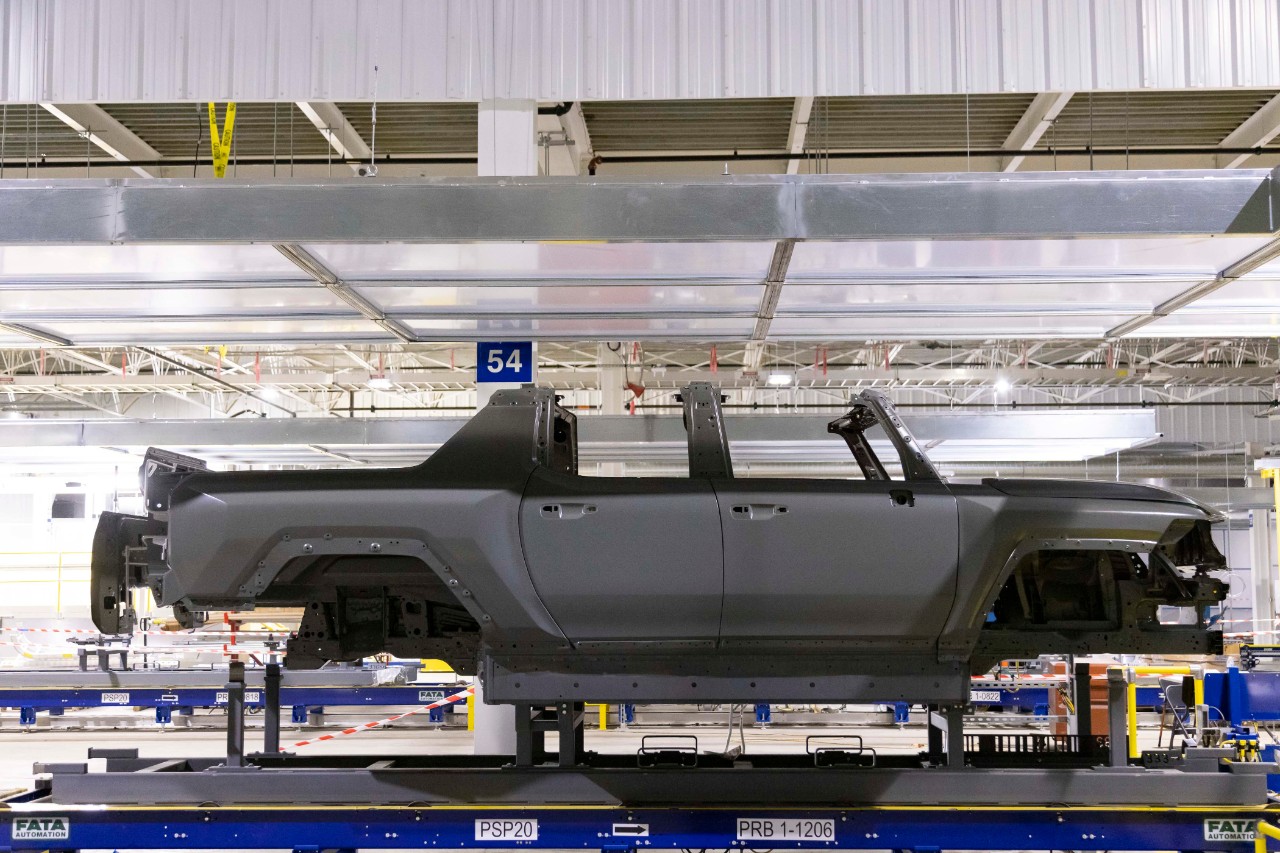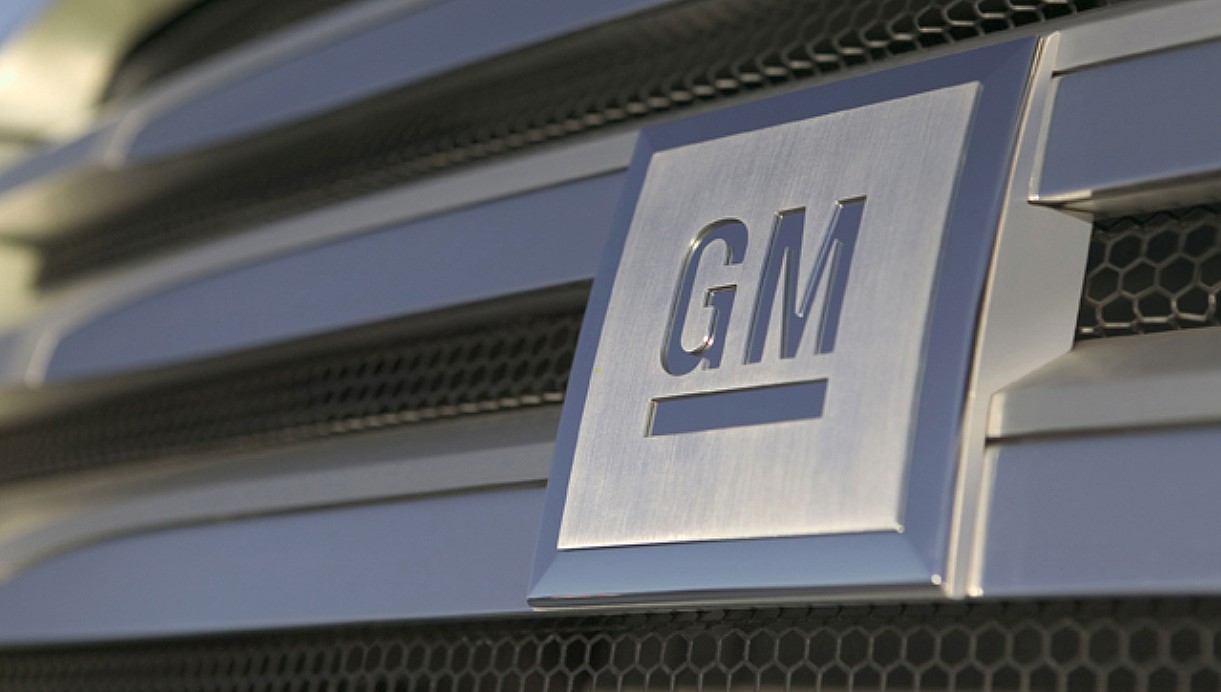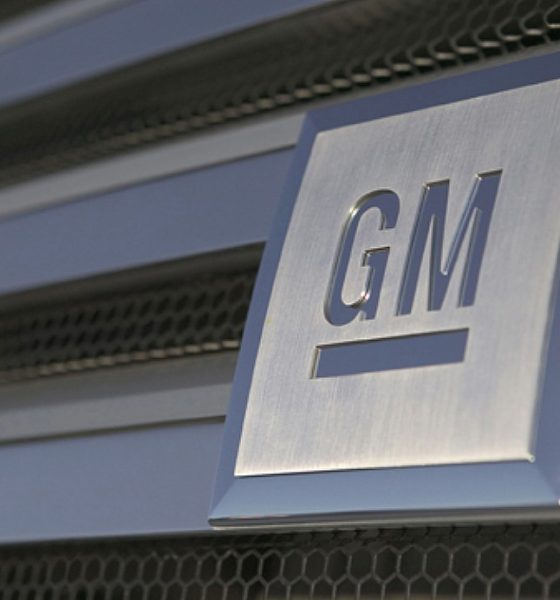Today, General Motors made its $7 billion plan to expand electric vehicle and EV parts manufacturing in Michigan official. CEO Mary Barra announced the plans to add 4,000 new jobs to the State through EV updates to its factories. Additionally, it will build a new battery factory and convert an existing factory into a hub for manufacturing its electric pickup trucks.
Last week, we reported that GM was planning to invest at least $6.5 billion to develop new facilities in Michigan and contribute 4,000 new jobs while retaining an additional 1,000.
“Today, we are taking the next step in our continuous work to establish GM’s EV leadership by making investments in our vertically integrated battery production in the U.S. and our North American EV production capacity,” Mary Barra, CEO and Chairwoman of General Motors said. “We are building on the positive consumer response and reservations for our recent EV launches and debuts, including GMC HUMMER EV, Cadillac LYRIQ, Chevrolet Equinox EV, and Chevrolet Silverado EV. Our plan creates the broadest EV portfolio of any automaker and further solidifies our path toward U.S. EV leadership by mid-decade.”
GM will spend $2.6 billion on a brand new factory in the Lansing area in a joint venture with LG Energy Solution. Additionally, $4 billion will be used to convert the Orion Township factory into the main facility for GM’s various electric pickups, including the recently announced Chevrolet Silverado EV and the GMC Sierra EV, starting in 2024. It will also invest an additional $510 million of the $7 billion budget in two Lansing-area vehicle assembly plants, which will bring the facilities up-to-date, but it will upgrade its current offerings at these sites, which are non-electric.
“Michigan will be the recognized hub and leader of innovation in the U.S. for EV R&D and manufacturing,” GM President Mark Reuss said today.
Most of the EVs that GM plans to produce will be built at the Orion and Factory Zero facilities In Michigan, Reuss said. The Orion plant will produce 360,000 vehicles by 2025 if all goes according to plan. Factory Zero, GM’s site for “zero crashes, zero emissions, and zero congestion,” will build 270,000 units by mid-decade. To supplement its 1 million EV production goal, GM will convert additional plants across North America to build EVs.
Renovations and new construction continue at General Motors Factory ZERO Friday, July 2, 2021, in Detroit, Michigan. GM is investing $2.2 billion to convert the former Detroit-Hamtramck Assembly plant into its first fully dedicated electric vehicle assembly facility. (Photo by Jeffrey Sauger for General Motors)
$2.6 Billion Battery Plant in Lansing
The $2.6 billion battery plant that was announced in a joint venture with LG Energy Solution will land in the Lansing area of the State of Michigan. It will open in late 2024, according to GM, and will be 2.8-million square feet in size. The facility will produce GM’s Ultium EV battery cells, which is the automaker’s main point of emphasis for its expanding fleet of EVs. The Ultium cells will be made in-house, which could contribute to GM’s plan to expand EV manufacturing to monumental levels by 2025. Instead of sourcing the cells from third-party manufacturers, GM is planning to produce them in-house and avoid any potential bottlenecks in the supply chain, which also could cause the automaker to revise its production goals.
GM announces the Chevy Silverado EV: 400 miles of range with Ultium battery tech
GM could control the costs of its batteries by manufacturing them. Batteries are the most expensive part of an EV, and the key to controlling their cost is to fully integrate the entire supply chain into a business model. Everything from mining the raw materials to putting the battery pack into an EV can be done without the help of suppliers. It is difficult to do, but it is how Tesla basically managed to overtake every other manufacturer in the United States and gain recognition as the most-productive automaker in the country, based on production numbers from the Fremont Factory in Northern California. Tesla’s success also involved vertical integration of many of its parts, not just battery packs.
The Ultium cells could be capable of range ratings of 450 miles or greater. They are also manufactured differently, as they are pouch cells instead of cylindrical cells used by other companies.
GM plans to be all-electric by 2035.
I’d love to hear from you! If you have any comments, concerns, or questions, please email me at joey@teslarati.com. You can also reach me on Twitter @KlenderJoey, or if you have news tips, you can email us at tips@teslarati.com.

News
Tesla FSD fleet is nearing 7 billion total miles, including 2.5 billion city miles
As can be seen on Tesla’s official FSD webpage, vehicles equipped with the system have now navigated over 6.99 billion miles.

Tesla’s Full Self-Driving (Supervised) fleet is closing in on almost 7 billion total miles driven, as per data posted by the company on its official FSD webpage.
These figures hint at the massive scale of data fueling Tesla’s rapid FSD improvements, which have been quite notable as of late.
FSD mileage milestones
As can be seen on Tesla’s official FSD webpage, vehicles equipped with the system have now navigated over 6.99 billion miles. Tesla owner and avid FSD tester Whole Mars Catalog also shared a screenshot indicating that from the nearly 7 billion miles traveled by the FSD fleet, more than 2.5 billion miles were driven inside cities.
City miles are particularly valuable for complex urban scenarios like unprotected turns, pedestrian interactions, and traffic lights. This is also the difference-maker for FSD, as only complex solutions, such as Waymo’s self-driving taxis, operate similarly on inner-city streets. And even then, incidents such as the San Francisco blackouts have proven challenging for sensor-rich vehicles like Waymos.
Tesla’s data edge
Tesla has a number of advantages in the autonomous vehicle sector, one of which is the size of its fleet and the number of vehicles training FSD on real-world roads. Tesla’s nearly 7 billion FSD miles then allow the company to roll out updates that make its vehicles behave like they are being driven by experienced drivers, even if they are operating on their own.
So notable are Tesla’s improvements to FSD that NVIDIA Director of Robotics Jim Fan, after experiencing FSD v14, noted that the system is the first AI that passes what he described as a “Physical Turing Test.”
“Despite knowing exactly how robot learning works, I still find it magical watching the steering wheel turn by itself. First it feels surreal, next it becomes routine. Then, like the smartphone, taking it away actively hurts. This is how humanity gets rewired and glued to god-like technologies,” Fan wrote in a post on X.
News
Tesla starts showing how FSD will change lives in Europe
Local officials tested the system on narrow country roads and were impressed by FSD’s smooth, human-like driving, with some calling the service a game-changer for everyday life in areas that are far from urban centers.

Tesla has launched Europe’s first public shuttle service using Full Self-Driving (Supervised) in the rural Eifelkreis Bitburg-Prüm region of Germany, demonstrating how the technology can restore independence and mobility for people who struggle with limited transport options.
Local officials tested the system on narrow country roads and were impressed by FSD’s smooth, human-like driving, with some calling the service a game-changer for everyday life in areas that are far from urban centers.
Officials see real impact on rural residents
Arzfeld Mayor Johannes Kuhl and District Administrator Andreas Kruppert personally tested the Tesla shuttle service. This allowed them to see just how well FSD navigated winding lanes and rural roads confidently. Kruppert said, “Autonomous driving sounds like science fiction to many, but we simply see here that it works totally well in rural regions too.” Kuhl, for his part, also noted that FSD “feels like a very experienced driver.”
The pilot complements the area’s “Citizen Bus” program, which provides on-demand rides for elderly residents who can no longer drive themselves. Tesla Europe shared a video of a demonstration of the service, highlighting how FSD gives people their freedom back, even in places where public transport is not as prevalent.
What the Ministry for Economic Affairs and Transport says
Rhineland-Palatinate’s Minister Daniela Schmitt supported the project, praising the collaboration that made this “first of its kind in Europe” possible. As per the ministry, the rural rollout for the service shows FSD’s potential beyond major cities, and it delivers tangible benefits like grocery runs, doctor visits, and social connections for isolated residents.
“Reliable and flexible mobility is especially vital in rural areas. With the launch of a shuttle service using self-driving vehicles (FSD supervised) by Tesla in the Eifelkreis Bitburg-Prüm, an innovative pilot project is now getting underway that complements local community bus services. It is the first project of its kind in Europe.
“The result is a real gain for rural mobility: greater accessibility, more flexibility and tangible benefits for everyday life. A strong signal for innovation, cooperation and future-oriented mobility beyond urban centers,” the ministry wrote in a LinkedIn post.
News
Tesla China quietly posts Robotaxi-related job listing
Tesla China is currently seeking a Low Voltage Electrical Engineer to work on circuit board design for the company’s autonomous vehicles.

Tesla has posted a new job listing in Shanghai explicitly tied to its Robotaxi program, fueling speculation that the company is preparing to launch its dedicated autonomous ride-hailing service in China.
As noted in the listing, Tesla China is currently seeking a Low Voltage Electrical Engineer to work on circuit board design for the company’s autonomous vehicles.
Robotaxi-specific role
The listing, which was shared on social media platform X by industry watcher @tslaming, suggested that Tesla China is looking to fill the role urgently. The job listing itself specifically mentions that the person hired for the role will be working on the Low Voltage Hardware team, which would design the circuit boards that would serve as the nervous system of the Robotaxi.
Key tasks for the role, as indicated in the job listing, include collaboration with PCB layout, firmware, mechanical, program management, and validation teams, among other responsibilities. The role is based in Shanghai.
China Robotaxi launch
China represents a massive potential market for robotaxis, with its dense urban centers and supportive policies in select cities. Tesla has limited permission to roll out FSD in the country, though despite this, its vehicles have been hailed as among the best in the market when it comes to autonomous features. So far, at least, it appears that China supports Tesla’s FSD and Robotaxi rollout.
This was hinted at in November, when Tesla brought the Cybercab to the 8th China International Import Expo (CIIE) in Shanghai, marking the first time that the autonomous two-seater was brought to the Asia-Pacific region. The vehicle, despite not having a release date in China, received a significant amount of interest among the event’s attendees.










